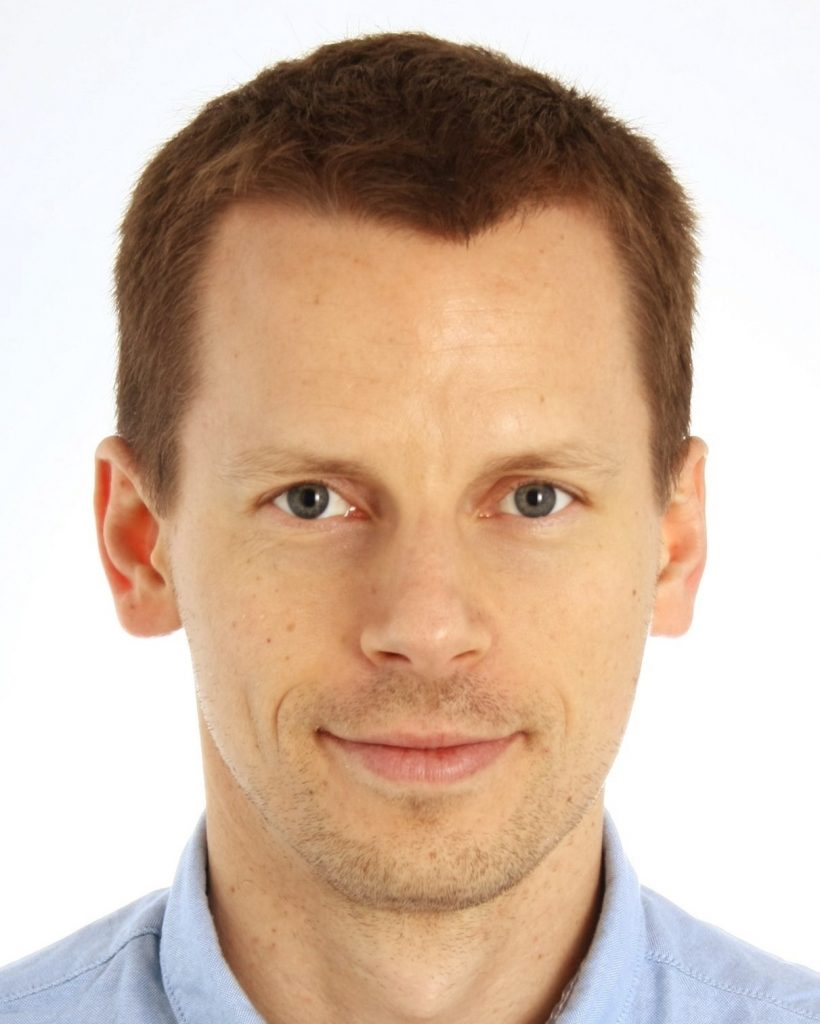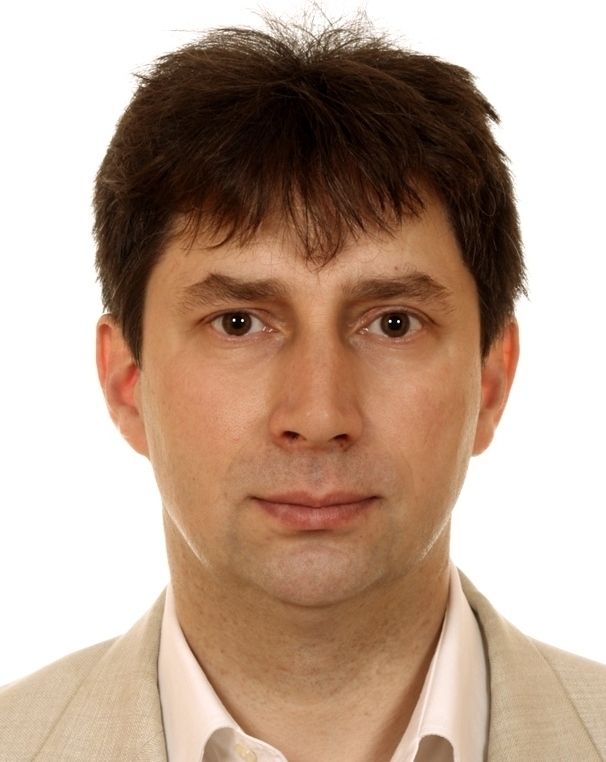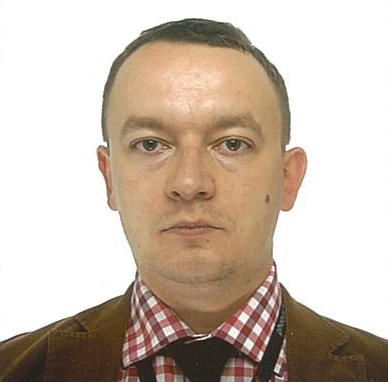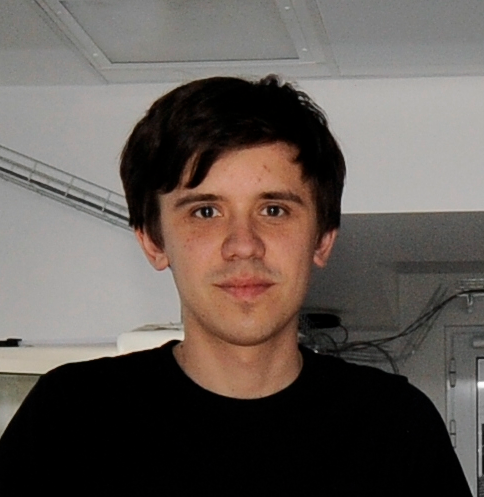Here you can learn more about the speakers invited to MiniModes 2019, abstracts of their lectures and topics of their workshops.
Jan Kołodyński
The past and the future of quantum sensors

Bio
After graduating from University of Cambridge, Janek returned to Poland to complete his PhD degree at the University of Warsaw. His thesis defended in 2014 on noisy quantum metrology have gained him reputation and let obtain the renowned MSCA fellowship, thanks to which he then joined the quantum information theory group at the Institute of Photonic Sciences in Barcelona. After successfully working on open theoretical problems, his interests turned towards experimental implementations, in particular, developing theory for quantum atomic sensors. He now leads the Quantum Information and Inference lab at the Centre of New Technologies in Warsaw and, while collaborating with experimental groups across Europe, develops theory and software for quantum sensors to be operable in real time.
Abstract
Acquiring and interpreting data about physical processes is vital for science and technology. Given the constant need to improve the precision of measurements, miniaturise the size of devices and increase the speed of data acquisition, quantum sensors seem as the way to go. Being small by definition and equipped with quantum mechanical effects by nature, they have already been shown to have the ability to beat current standards in measuring forces, acceleration, and magnetic/gravitational fields. Nonetheless, despite impressive demonstrations, their reach is still limited with simple sensing tasks being only considered so far. In my talk, I will first summarise their achievements discussing various platforms of quantum sensors (atomic, optomechanical, solid-state), in order to state the challenges currently being faced. I will show that for quantum sensors to become a real technology, they must be able to deal with dynamical signals and operate efficiently in real time despite the noise―being continuously monitored and controlled thanks to advanced tools of inference and signal processing.
J.K. acknowledges „The Centre for Quantum Optical Technologies” project (Project No. MAB/2018/4) that is carried out within the International Research Agendas Programme of the Foundation for Polish Science co-financed by the European Union under the European Regional Development Fund.
Andrzej Wysmołek
Extraordinary properties of two-dimensional crystals – from graphene to transition metal dichalcogenides

Bio
Bio coming soon!
Abstract
In the light of the growing popularity of graphene, the attention of scientists from all around the world shifted as well to other 2D layered materials, among them transition metal dichalcogenides (TMDC) and hexagonal boron nitride. This interest is well-founded given the unique properties of these individual layered materials, which additionally feature the possibility of building LEGO-like structures made of different 2D materials, which are promising for many different applications including flexible electronics.
During the presentation I will focus on the optical and electronic properties of 2D materials including graphene, hexagonal boron nitride (h-BN) and tantalum disulfide (TaS2). The latter material is particularly interesting due to metal-insulator transitions caused by the presence of charge density waves, which can be examined using scanning tunneling microscopy, electrical measurements as well as Raman spectroscopy.
Cezary Samojłowicz
To patent, or not to patent?

Bio
Cezary Samojłowicz, PhD Eng, is currently working in Quantum Optical Technologies at University of Warsaw (project carried out within the International Research Agendas programme of the Foundation for Polish Science co-financed by the European Union under the European Regional Development Fund). He is polish patent attorney, since 2016, and partly qualified European patent attorney. He defended PhD thesis in 2013 at the Institute of Organic Chemistry Polish Academy of Sciences, under supervision of prof. Karol Grela. During his PhD studies he has many fruitful collaborations, with academia as well as industry. His research work was concluded in 16 scientific papers (original research articles, communications and full papers, books’ chapters and reviews) cited more than 1000 times (H-index = 11). He had finished Warsaw University of Technology with cum laude honour.
Abstract
Talk will be divided into three main chapters (i) aim of patentability, and related issues, (ii) efficient patent management, how to patent and publish scientific results at the same time, (iii) patent attorney’s career in a developed economy.
In the presentation it will be explained in details what is an invention and the patentable invention and state-of-the-art as an starting point for analysis in patentability ot the invention. Additionally, it will be explained:
1) when is it important to file patent application and when it is useless?
2) how to read and understand claims in patents?
3) what is freedom-to-operate (FTO)?
4) difference between FTO and patentability will be explained.
Presentation will deliver an answer for question why publication and patents are not against each other and rather complementary.
C.S. acknowledges „The Centre for Quantum Optical Technologies” project (Project No. MAB/2018/4) that is carried out within the International Research Agendas Programme of the Foundation for Polish Science co-financed by the European Union under the European Regional Development Fund.
Michał Jachura
Encounters with optical industry in Poland: a case study

Bio
Michał Jachura defended his PhD on Quantum Optics at the University of Warsaw in 2018. From July 2018 to June 2019 he was employed as Optical R&D engineer in the Danish company 3Shape – a world leader in medical CAD/CAM technologies. Currently he works as Senior Scientist in the Centre for Optical Quantum Technologies. His interests include single-photon level optical communication and continous-variable quantum key distribution. He is a co-author of 12 scientific articles including high-profile optical journals such as Nature Photonics, Optics Letters etc.
Abstract
During my talk I will present a subjective overview on the job opportunities related to optical industry in Poland. Based on my personal experience I’m going to specify advantages and disadvantages of working outside academic environment.
M.J. acknowledges „The Centre for Quantum Optical Technologies” project (Project No. MAB/2018/4) that is carried out within the International Research Agendas Programme of the Foundation for Polish Science co-financed by the European Union under the European Regional Development Fund.
Michał Karpiński
Silhouette of the speaker coming soon!


